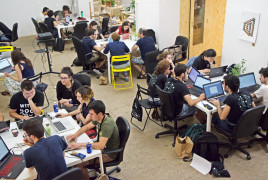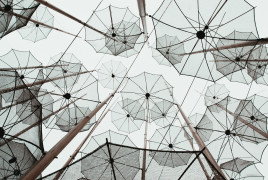10 things we learned from choosing chatbots as a theme for our rare disease hackathon
This weekend the Share4Rare hackathon RareHacks took place in Barcelona. During these three days, over 45 data scientists, computer scientists and clinicians joined forces in response to the needs ofDiagnosing and treating gliomatosis cerebri
What is a biopsy? A biopsy is an extraction of little samples of tissue that are to be checked under the microscope by pathologists. Tumors are biopsied in their origin, to assure that tumor cells areCPMS Platform for European Reference Networks (ERNs)
European Reference Networks (ERNs) are virtual networks involving healthcare providers across Europe who aim to tackle complex or rare diseases and conditions. There are 24 ERNs involving 25 European











